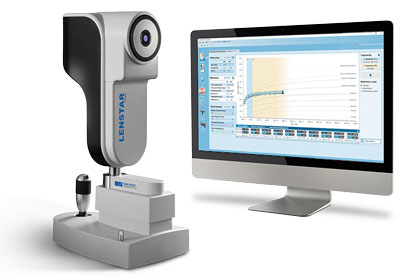
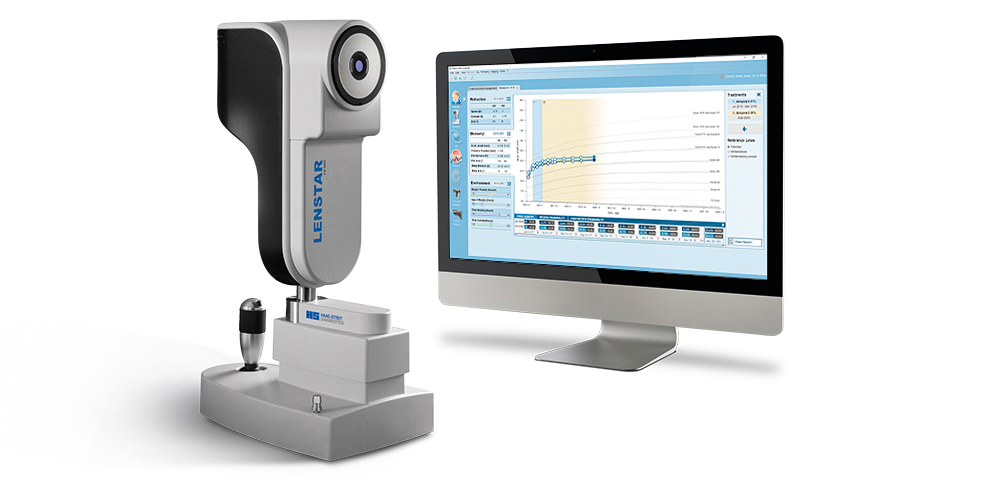 State-of-the-art Myopia Management and Patient Education
State-of-the-art Myopia Management and Patient Education
The Optometry Center of Geneva, Optique Duvillard, recently equipped itself with the top of the Swiss technology "Haag-Streit" with Biometrics.
For early detection of myopia onset and state-of-the-art myopia management with graphical visualisations for easy education and consultation of patients and parents.
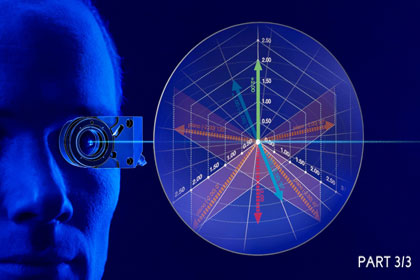
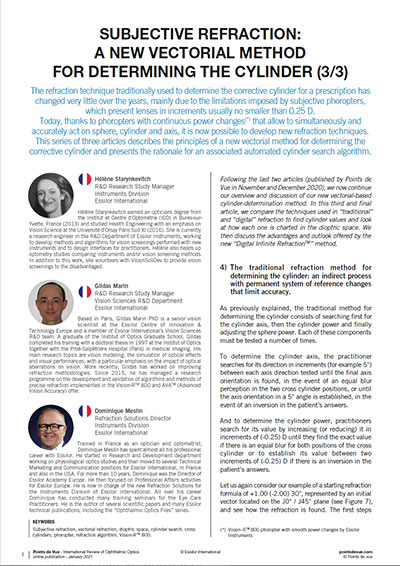 Click here to read the article
Click here to read the article
The refraction technique traditionally used to determine the corrective cylinder for a prescription has changed very little over the years, mainly due to the limitations imposed by subjective phoropters, which present lenses in increments usually no smaller than 0.25 D.
Today, thanks to phoropters with continuous power changes that allow to simultaneously and accurately act on sphere, cylinder and axis, it is now possible to develop new refraction techniques. This series of three articles describes the principles of a new vectorial method for determining the corrective cylinder and presents the rationale for an associated automated cylinder search algorithm.
Article from the magazine "Point de vue"

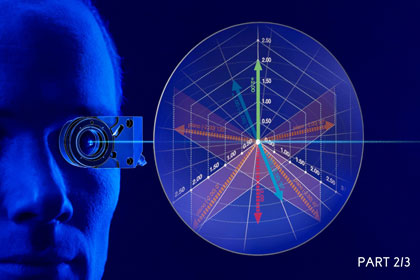
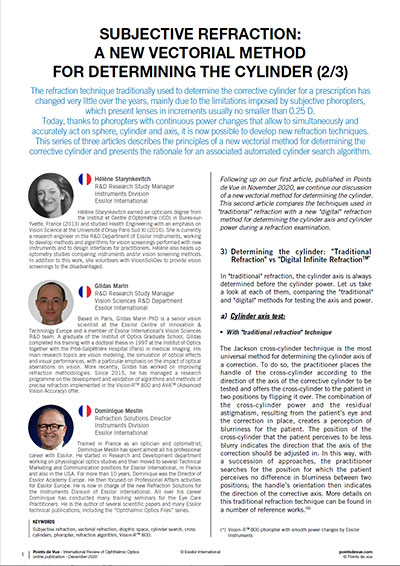 Click here to read the article
Click here to read the article
The refraction technique traditionally used to determine the corrective cylinder for a prescription has changed very little over the years, mainly due to the limitations imposed by subjective phoropters, which present lenses in increments usually no smaller than 0.25 D.
Today, thanks to phoropters with continuous power changes that allow to simultaneously and accurately act on sphere, cylinder and axis, it is now possible to develop new refraction techniques. This series of three articles describes the principles of a new vectorial method for determining the corrective cylinder and presents the rationale for an associated automated cylinder search algorithm.
Article from the magazine "Point de vue"

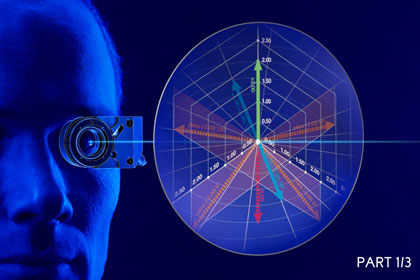
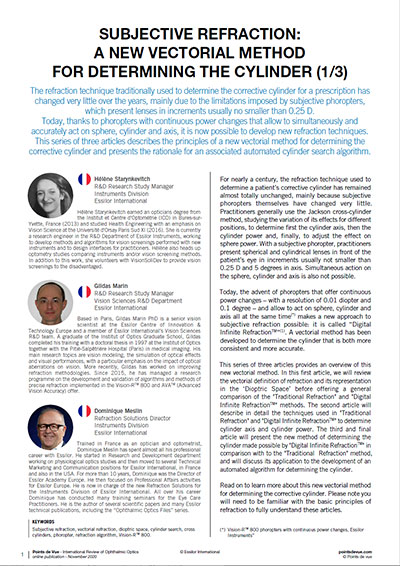 Click here to read the article
Click here to read the article
The refraction technique traditionally used to determine the corrective cylinder for a prescription has changed very little over the years, mainly due to the limitations imposed by subjective phoropters, which present lenses in increments usually no smaller than 0.25 D.
Today, thanks to phoropters with continuous power changes that allow to simultaneously and accurately act on sphere, cylinder and axis, it is now possible to develop new refraction techniques. This series of three articles describes the principles of a new vectorial method for determining the corrective cylinder and presents the rationale for an associated automated cylinder search algorithm.
Article from the magazine "Point de vue"


